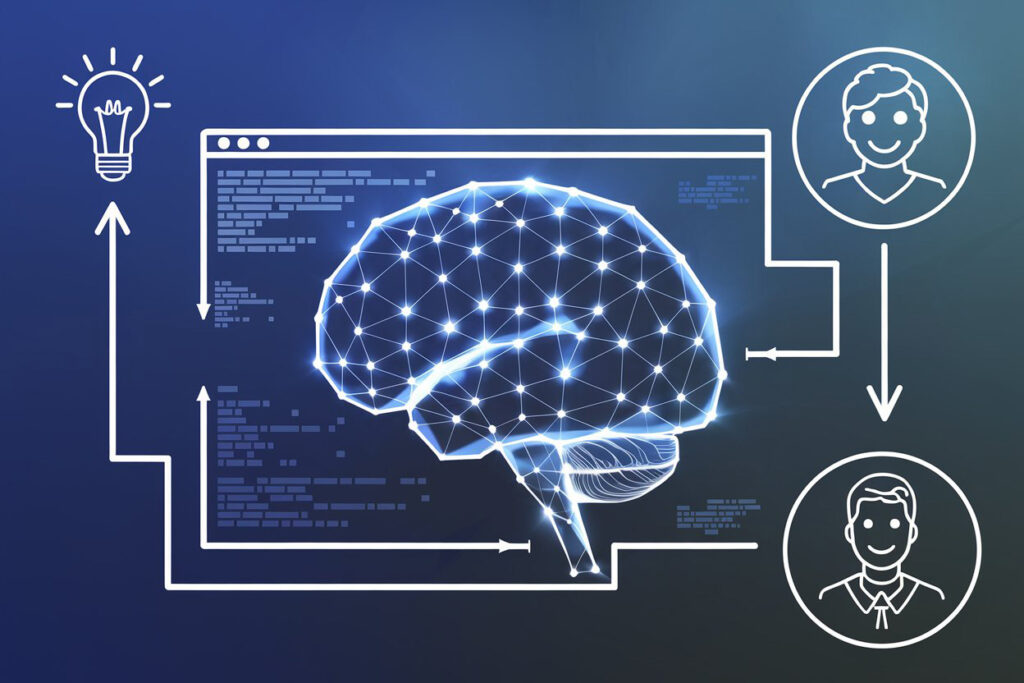Data Sources Used for AI in Trial Match

The AI algorithms implemented in Trial Match rely on diverse and comprehensive data sources to ensure accurate patient matching, recruitment, and retention. These data sources help create robust AI models capable of optimizing various aspects of the clinical trial process. Here’s a breakdown of the key data sources used:
- Description: EHRs provide detailed patient medical histories, including diagnoses, treatments, medications, lab results, and demographic information.
- Purpose: EHRs are critical for identifying eligible patients based on their medical history, health status, and treatment outcomes, ensuring that they meet the inclusion criteria for specific clinical trials.
- Benefits for AI: The AI models analyze structured and unstructured data from EHRs using Natural Language Processing (NLP) to extract relevant insights and match patients to suitable trials more efficiently.
- Description: These databases contain information on ongoing, completed, and planned clinical trials, including trial protocols, eligibility criteria, study phases, and locations.
- Purpose: The data helps AI models understand the requirements of each trial and identify potential matches with patients who fit the criteria.
- Example Sources: ClinicalTrials.gov, the World Health Organization’s International Clinical Trials Registry Platform (ICTRP), and industry-specific databases like IQVIA’s clinical trial registry.
- Description: RWE/RWD includes data collected from sources such as electronic health records, insurance claims, prescription databases, and patient surveys. This data provides insights into how patients respond to treatments in real-world settings.
- Purpose: AI models use RWE/RWD to assess the real-world effectiveness of treatments, identify potential candidates for clinical trials, and enhance the accuracy of patient matching.
- Benefits for AI: It helps in refining patient profiles, predicting trial outcomes, and providing more accurate recruitment predictions.
- Description: Patient-reported outcomes (PROs) include data collected directly from patients about their health status, treatment experiences, and quality of life.
- Purpose: PROs provide valuable insights into patient experiences, preferences, and responses to treatments, which helps in improving recruitment strategies and ensuring patient-centric trial designs.
- Benefits for AI: The AI algorithms analyze PROs to better understand patient needs, tailor recruitment strategies, and improve retention by addressing common concerns.
- Description: Genomic data includes information about patients’ genetic profiles, while biomarker data consists of measurable biological indicators, such as proteins or hormones, that provide insights into disease states or treatment responses.
- Purpose: AI models use this data to identify patients who may respond well to specific treatments, making it easier to recruit participants for trials that focus on targeted therapies or precision medicine.
- Benefits for AI: Incorporating genomic and biomarker data enables more accurate patient matching and improves the chances of successful trial outcomes, especially in fields like oncology and rare diseases.
- Description: Data from social media platforms (e.g., Twitter, Facebook, LinkedIn) and patient advocacy websites provide insights into patient communities, treatment discussions, and trial awareness.
- Purpose: This data helps AI identify potential patient populations, understand their concerns, and develop targeted engagement strategies to improve recruitment and retention.
- Benefits for AI: Social media data enables AI algorithms to detect emerging trends, monitor patient sentiment, and adapt recruitment messaging for more effective engagement.
- Description: Insurance claims data provides information on medical procedures, treatments, prescriptions, and healthcare utilization patterns.
- Purpose: Claims data helps AI models identify potential trial candidates based on their treatment history, healthcare utilization, and existing medical conditions.
- Benefits for AI: This data source enables more accurate predictions of patient eligibility and enhances the efficiency of the recruitment process.
- Description: Data from wearable devices (e.g., smartwatches, fitness trackers) and remote monitoring tools provide continuous health metrics such as heart rate, activity levels, sleep patterns, and medication adherence.
- Purpose: This data supports decentralized trials by providing real-time insights into patient health, engagement levels, and adherence to treatment protocols.
- Benefits for AI: The integration of wearable data enables AI to monitor patient engagement, detect early signs of potential dropouts, and tailor interventions to improve retention.
- Description: Data from regulatory bodies (e.g., FDA, EMA) and industry reports provide insights into trial guidelines, compliance requirements, and market trends.
- Purpose: This data helps AI algorithms stay updated on regulatory changes, ensuring that the trial matching process remains compliant and efficient.
- Benefits for AI: Incorporating regulatory data helps Trial Match maintain compliance and adapt to changes in trial protocols, improving overall efficiency.
- Description: Data from public health organizations (e.g., WHO, CDC) includes disease prevalence, treatment outcomes, and population health trends.
- Purpose: This data helps AI models identify regions with higher disease prevalence, enabling targeted recruitment efforts for clinical trials.
- Benefits for AI: The integration of public health data allows AI algorithms to optimize trial site selection, ensuring that trials reach diverse patient populations and meet recruitment goals.
Summary and Benefits for Trial Match:
By utilizing these diverse data sources, Trial Match’s AI models gain a comprehensive understanding of patient profiles, trial requirements, and engagement patterns, leading to more efficient recruitment, better retention rates, and improved trial outcomes. This integration of multiple data types ensures that the AI-driven recruitment and management processes are both accurate and adaptable to the dynamic landscape of clinical trials.